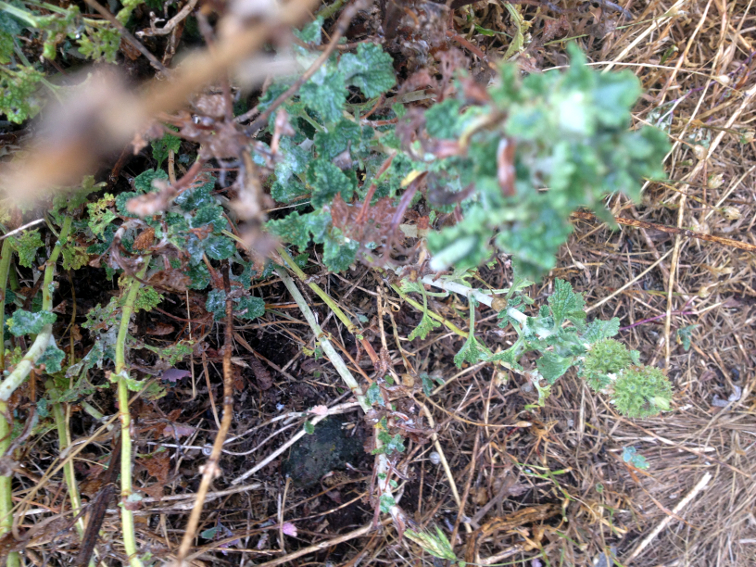Update 3: Posted on behalf of the Horehound Biocontrol Group
The ball is now seriously rolling towards biological control for horehound!
Here is where we are at, as of late February 2018:
- We have now informed the EPA of our intention to submit an application to release the two biocontrol agents. The EPA will now issue a case number, and may offer feedback on the draft application to identify any gaps if they exist, to allow us the opportunity to address such gaps prior to the application being lodged and avoid unwanted surprises.
- We have started the pre-consultation engagement with tangata whenua and with parties in opposition to horehound biocontrol. This pre-consultation enables us to include any concerns these parties have in the application itself, and address these concerns. Later on, after the application is lodged, there will be an official public consultation period. We hope that by then we will have heard and addressed any concerns through the pre-consultation process, such that no new concerns come up.
- We have now produced a webpage that provides resources for submitters – both in favour and in opposition. The webpage has gone goes live with what information is currently available, and will get updated as more documents become available. You can access the webpage here.
Our aim is to have the pre-consultation completed and application submitted by late-March at the latest. That is not far away at all! Ideally, this timeline will enable the process to be completed by mid-August 2018. If successful, this will give us enough time to prepare for a first shipment of biocontrol agents to arrive into containment in NZ before the end of this calendar year. This is super-fast for a biocontrol project!!! Usually these processes take several years…
What can YOU do now?
Please consider making a submission, and start preparing it now – because the timeline will be tight once the official consultation period is on. Refer as many people as you can to the website, and encourage them to make a submission.
How to write a useful submission?
A useful submission would describe personal experience, yet be heavier on the factual elements and use emotional aspects to support the facts. It should provide the EPA with information that can help quantify costs, risks, and benefits. The EPA works on the basis of facts and evidence. Emotional descriptions can help paint the broader picture, but it should come in addition to the facts and the numbers, not on its own.
Note that if any submitters request to be heard, then we are required to hold a hearing, which slows things down to a degree. We are likely to face such a request from opposing parties, and have to take this potential delay (and additional cost) into account. It is part of the process, and we should value its contribution.
In addition, if you can identify of potential opposition groups (and ideally contact person/s) that we should approach, now is a great time to do so. We are trying to identify as many as we can, and the more of them we identify in advance, the fewer surprises we get further down the line!
And if you haven’t yet filled the horehound economics survey – now is another great chance!
All blog posts and reports associated with this programme are now listed on the Horehound BioControl page.
